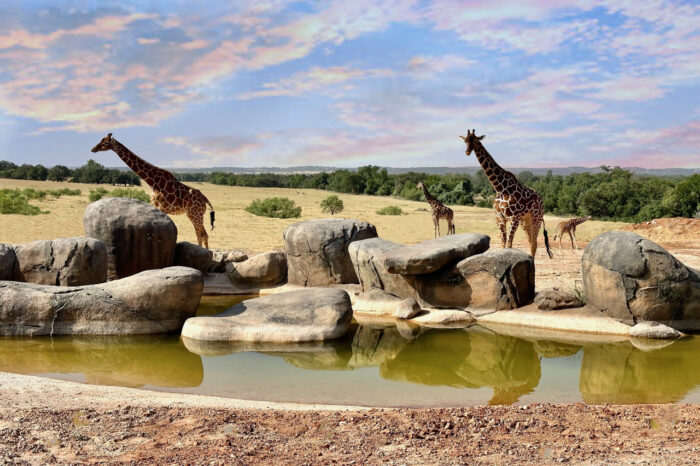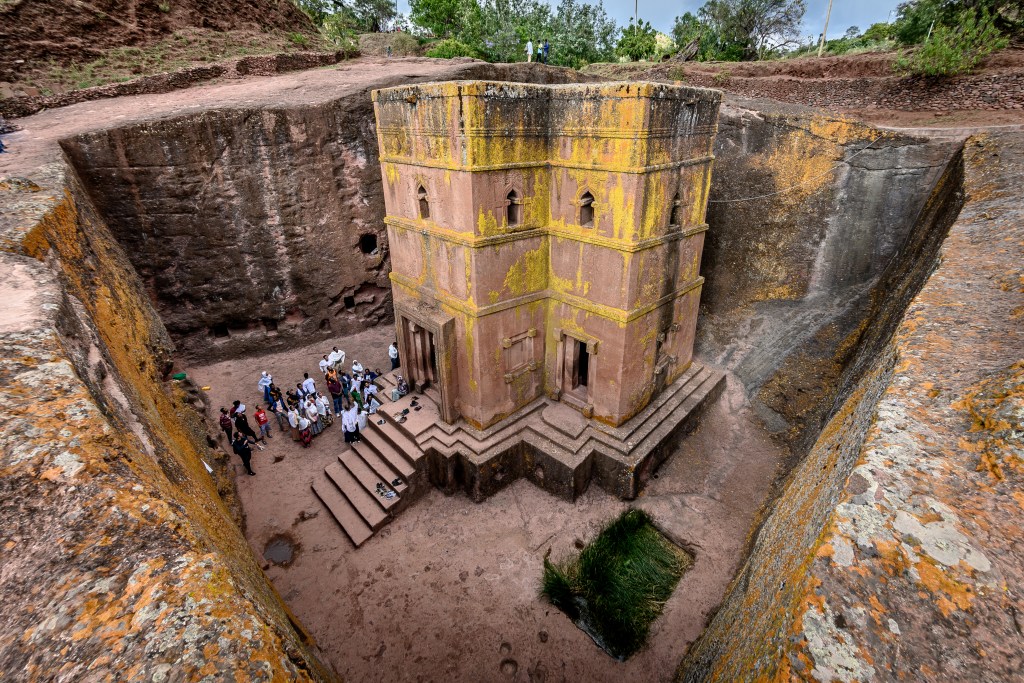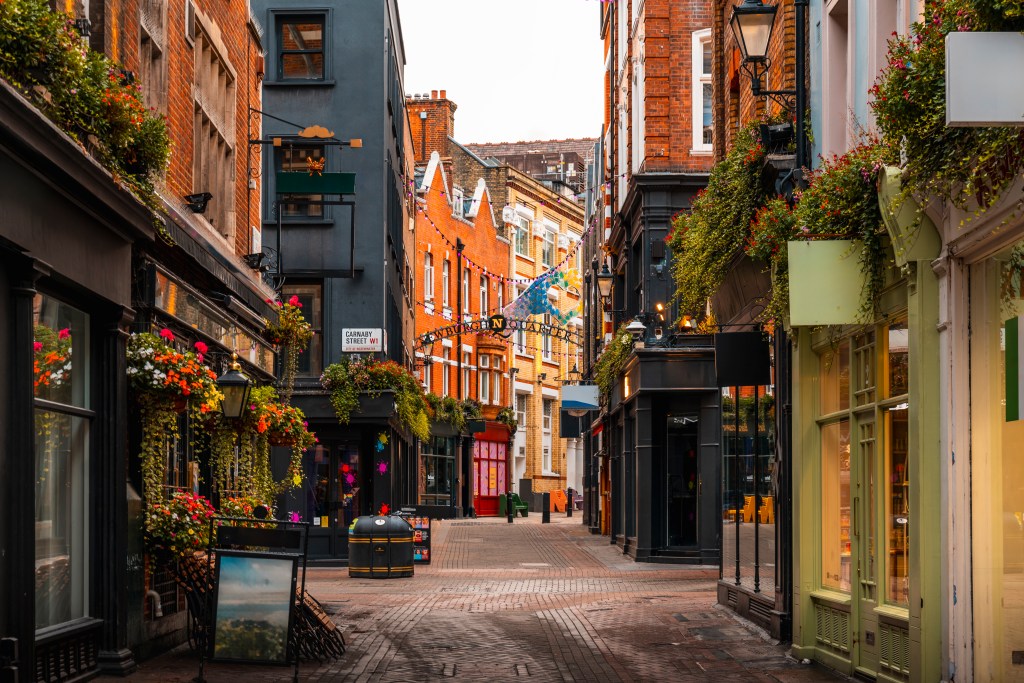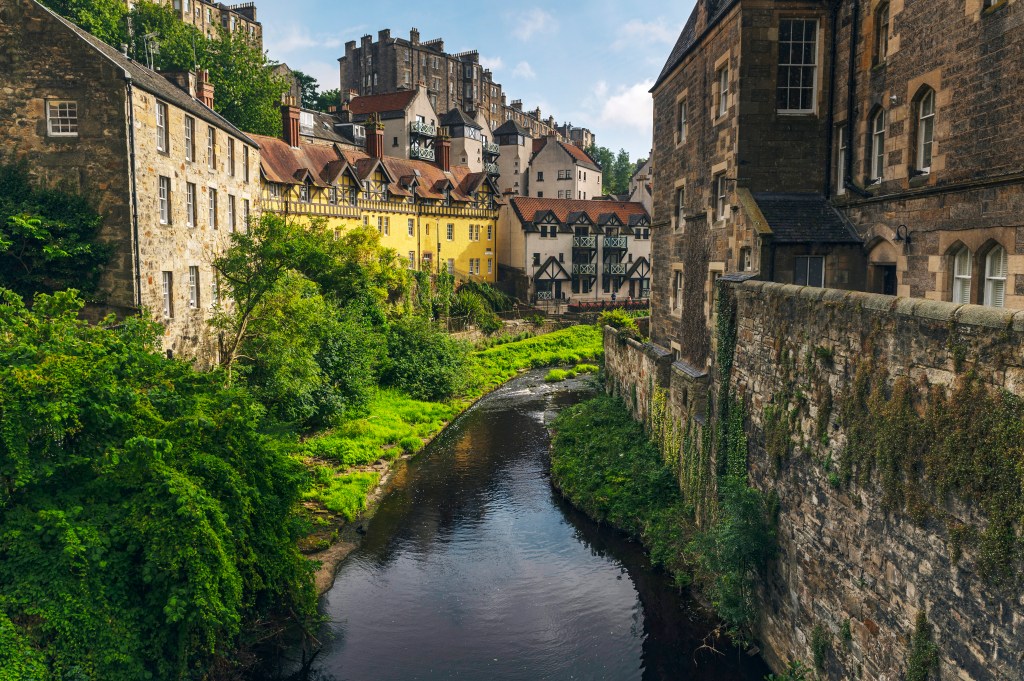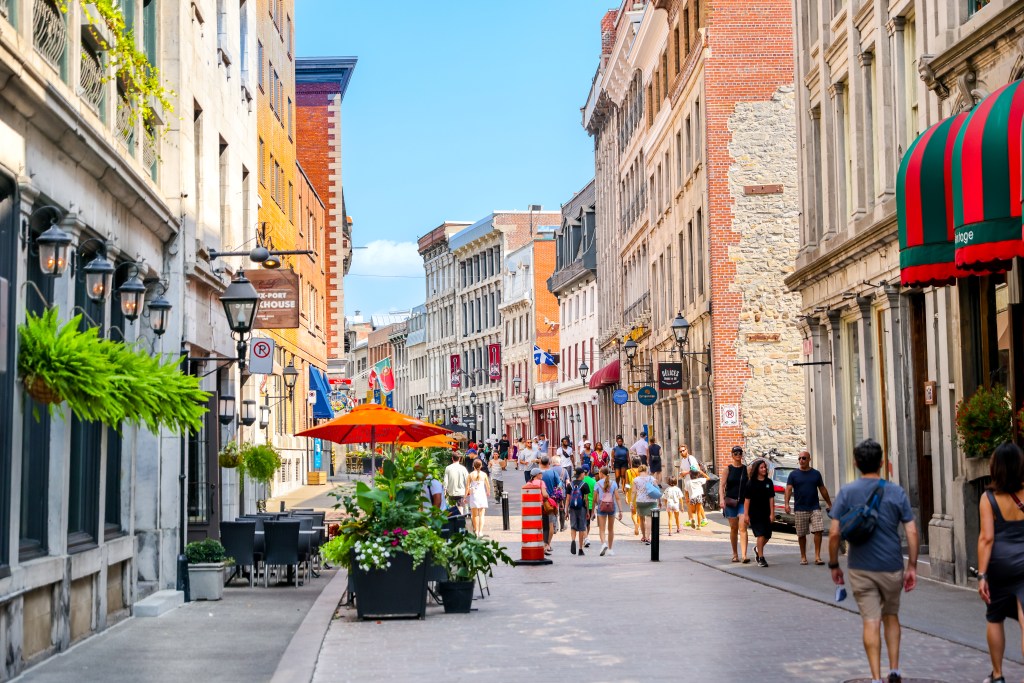There’s hardly an outdoor adventure you can’t have in California.
Want to hike through the mountains or ski snowy peaks? You could spend a lifetime exploring the Sierra Nevadas. What about sunbathing on a sun-drenched beach? Straight to San Diego for you! And hiking through magical forests? You won’t find redwoods this big anywhere else in the world.
I could keep listing off big-name stops, from Yosemite to Lake Tahoe—but I’m sure you get the point.
The Golden State has set the gold standard for getting out into nature.
But its coastlines are particularly diverse, from the dramatic scenes in NorCal to the more relaxing, exotic beaches in SoCal. From hiking to sunbathing to swimming, there are dozens of ways to enjoy the Pacific Ocean. Over the last decade, sea kayaking has become a more popular way to enjoy the coast, meaning it’s also become more accessible for visitors who don’t have their own equipment.
If you’re a fan of gliding atop the water in a kayak (for exercise, fun, or both), then make sure to pencil in a visit to the locations below. They’re the best places to kayak on California’s coast.
[Tips for sea kayaking: Sea kayaking is a lot tougher than kayaking on calm rivers, lakes, and reservoirs. If you’re uncomfortable in a kayak or in the water, know that some of the locations below won’t be ideal for you. If you’re brand new to ocean kayaking, always go with a guide or stick to very calm waters, such as Tomales Bay or La Jolla.]
Best places to kayak on California’s coast
Channel Islands National Park (near Santa Barbara)

Home to dramatic cliffs and plenty of wildlife, this is one of the least busy kayaking spots in California, with gorgeous views. The waters are crystal clear—enough so that snorkeling is another popular activity.
There’s just one catch: it’s not great for first-time kayakers, as the tides and rock formations can be difficult to manage. For this reason, I suggest that you go with an official park guide.
You can find a tour guide at Channel Islands Adventure Company if you’re going to the Scorpion area of the park. (They also offer snorkel tours!) If not, check out these other tour services and outfitters.
Point Reyes National Seashore (Tomales Bay)

Located in the famous Marin County, Tomales Bay is the most popular stop in the Point Reyes National Seashore area to go kayaking. (It’s also home to Alamere Falls, if you like seaside waterfalls!) Expansive, calm, and easy to get to, it’s a perfect spot for beginner kayakers who aren’t ready to take on Channel Islands National Park.
Using this informational map, you can easily find ideal locations to cast off into the ocean from Tomales Bay, which runs a full 15 miles.
La Jolla Ecological Reserve (near San Diego)
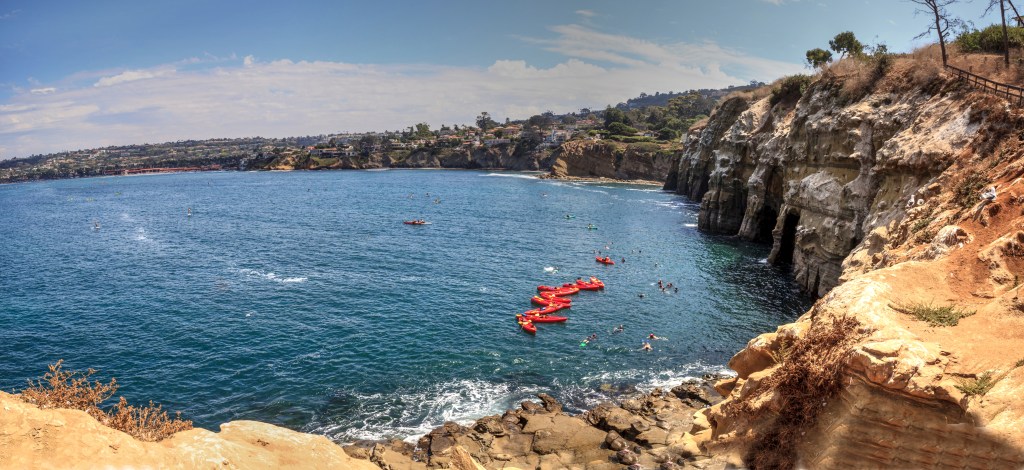
La Jolla is a large cove near San Diego, famous for its looming, massive sea caves. If you’ve visited San Diego before, you’ve probably heard of the many tours that visit the caves. (If you’re looking for a quiet kayaking adventure, go elsewhere; La Jolla stays busy.)
They’re easily accessed via licensed tour guides. I’ll let you choose which kayak tours of La Jolla to go with; you won’t be short on options.
In lieu of privacy and calm waters, you can expect gorgeous, rocky coastal views and maybe even an animal sighting. Thanks to La Jolla’s kelp beds, sea lions and even dolphins sometimes grace the area.
Elkorn Slough (Moss Landing)
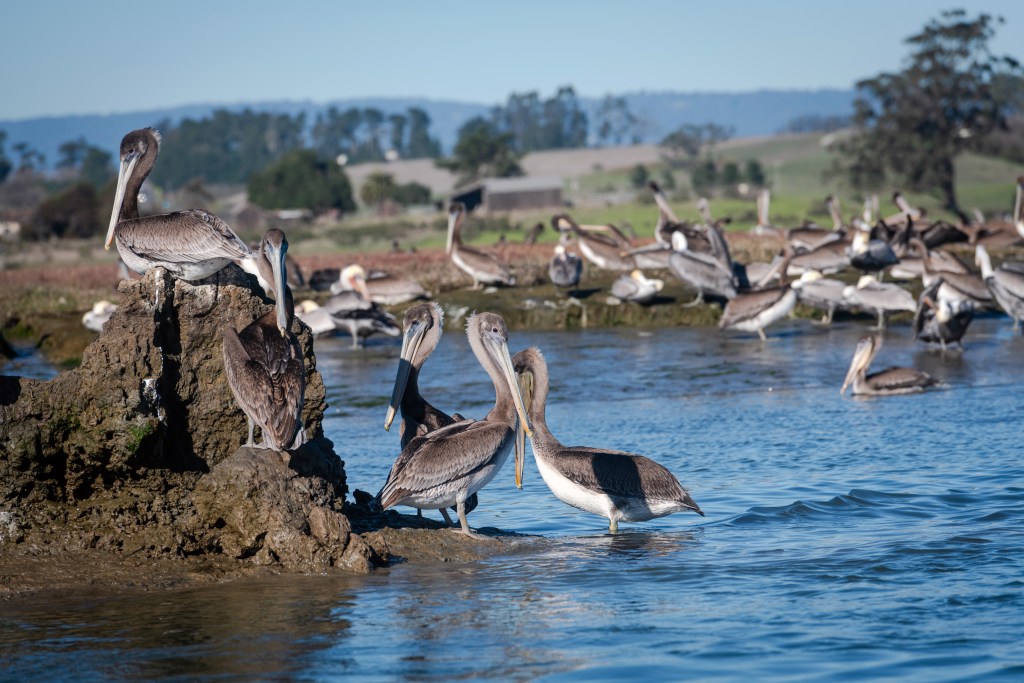
Located in Monterey Bay, this slough (a type of wetland) is part estuary, meaning you’ll be kayaking in California’s largest saltwater marsh. That probably doesn’t sound very appealing, especially considering you’ll see the Moss Landing Power Plant right on the coast, and this is a list about the most beautiful places to kayak on California’s coast.
But I have a compromise: though the views aren’t the best, the wildlife is abundant.This is one of North America’s top wildlife viewing spots. You can see harbor seals, sea otters, and plenty of marine birds.
Best of all, because there are two reserves and research facilities in the area, it’s not hard to find a fantastic guide who can teach you a thing or two about Elkorn Slough’s important ecology.
Fort Bragg Harbor (Noyo)

The Noyo River cuts through Mendocino County, eventually emptying into the Pacific Ocean at Fort Bragg. Similar to Elkorn Slough, this gives you the unique opportunity to kayak through a coastal estuary. You can even learn about the harbor’s interesting history, as it’s been active since the 1860s.
Kayaking through a harbor probably doesn’t sound too appealing, but the area’s byways look more like Sausalito than an industrial cityscape. In other words, you can spot wildlife as you kayak along the river, from otters to seals, along with enjoying the area’s fertile, overgrown forests.
Carlsbad Lagoon Recreation Area (Carlsbad)
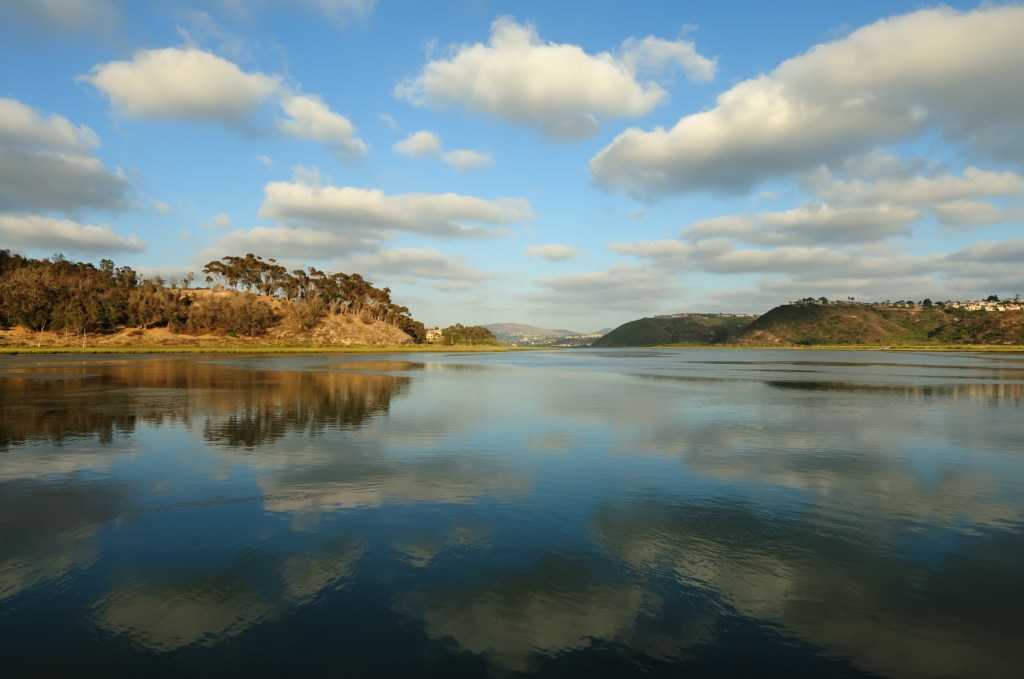
Sloughs, harbors, and lagoons—the best places to kayak on California’s coast aren’t quite what many expect. In this case, you’ve got the chance to soak up gorgeous Southern California views—similar to what you might see on Catalina Island.
There are dozens of ways to get out on the water, too, in case your fellow travelers aren’t wooed by a kayak trip, from waverunners to pontoons.

